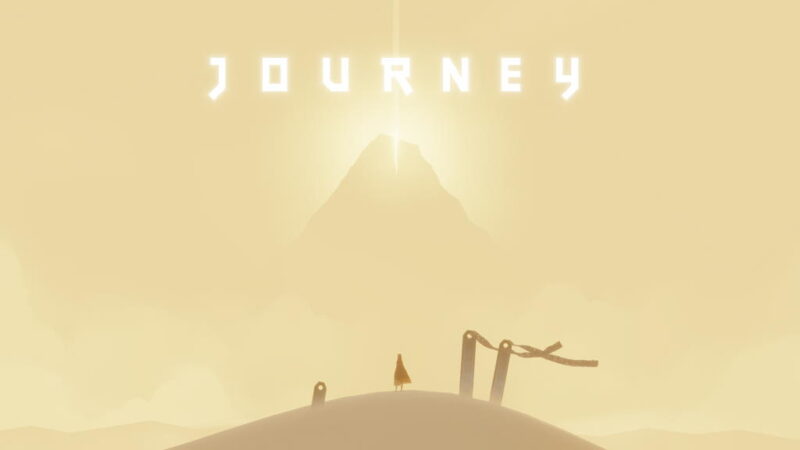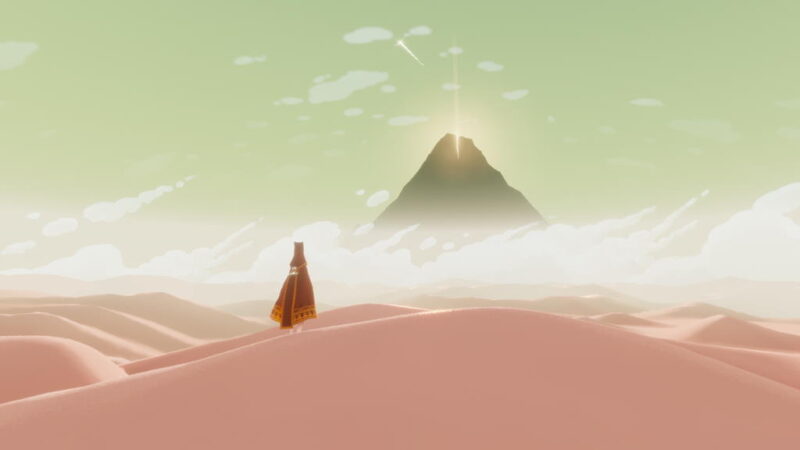When the pandemic started in the Spring of 2020 and everything went crazy at work and everywhere else, I found myself too exhausted most nights to do the things I usually did at night, especially writing. Even watching movies or TV shows wouldn’t always cut it, I’d just fall asleep in front of the TV.
That’s when a couple of friends advised me to try playing some video games. Funnily, even though I pretty much constantly played video games since pretty much the time they were invented, I never considered myself a gamer. Video games are more of a secondary or even tertiary hobby for me. Yes, I play games at times, but that’s not something prominent in my life.
However, for the past two years, I have indeed played much more than I used to. We even bought a Nintendo Switch last year, and while my kids are the main users, I do indulge once in a while.
Today, as well as in future posts, I want to tell you about some of the games I have played. If you’re not a gamer, don’t think that this series of posts is not for you, quite the opposite. I intend to talk about video games that may interest non-gamers.
When looking for games to play, I knew what I didn’t want to play (shooters, platform games, etc) but not always what I wanted to play. So I googled a few things online, saw a few recommendations, and started with a game I thought I’d like.
It was almost a bad idea. Why is that? Because not knowing if I’d enjoy playing, not knowing how long I would play, I carefully selected my first games to be sure that they’d be interesting. And I ended up picking two of the most amazing games I have ever encountered. None since has arrived at the level of these two in my opinion. In other words, I set the bar very high from the very beginning.
The first one was
Journey
Incidentally, the game celebrated its 10-year anniversary last weekend. It’s one of the reasons it’s on my mind at the moment and why I’m finally writing this post after meaning to do it for months.
Journey is the brainchild of a small indie game company called… That Game Company.
They have made only a few games, but they’re all pretty unique in the fact that not only they’re very original, but also, they’re aiming at people who want to play games in order to relax, not people who think that playing games is about being challenged. There’s nothing wrong with the latter, but I think that it is the reason why many people don’t play games. They mostly see their competitive dimension, a thing they’re not interested in and yes, I’m also speaking for myself here.
Journey is not such a game.
It’s easy to play. It’s not competitive. There is no violence. It’s short. Too short actually, and that’s its main disadvantage; you can finish it in about two hours, although playing several times won’t make it lose its charm.
What is Journey about?
It’s hard to go into details without spoiling, and I think the more spoiler-free you’ll play this game, the most inspiring and fascinating you’ll find it.
Still, I need to try to explain just a little bit.
The game starts in a desert. You play someone who is more or less human-looking. You can’t be totally sure, the character wears a large cloak covering them from head to toe. The kind of clothing you may expect in the middle of the desert.
You’re being given no instruction, no explanation, nothing. After a very basic tutorial (how to move and use a few commands, basically), you’re on your own. And from the beginning, we understand the main strong point of Journey. Its narration is entirely visual. Not a single word is written or pronounced. Even the tutorial is silent. Where should you go? What should you do? Everything is suggested to you through visual cues and clues.
When you start you’re literally in the middle of the desert with no idea about what to do and where to go. Except that, over there, on top of that tiny dune, there seems to be some sort of monument. And once you reach the monument, you can spot some ruins in the distance. Why not go there? This is the very basis of how the game advances. Nothing is told to you, everything is shown.

There aren’t many commands to remember. You pretty much only can walk, jump/fly and toot. Yes, sounds have their importance too. Tooting is something you’ll be doing quite a bit during the game. It helps activate certain things and more.
What is the goal of the game? Well, I won’t tell, but it’s in the title: you’ll go on a journey.
Very early in the game, you’ll notice that wherever you are there is this big mountain with light coming out of its summit on the horizon, and you’ll quickly understand that it is your final destination (or is it?)
From the visual clues, you’ll also quickly understand that all of these ruins seem to come from an ancient civilization, and you could possibly be its sole survivor or at least one of the last ones.
Because… I don’t want to spoil one of the most magical features of the game, but there is a good chance that you won’t be completely alone during your journey. You’ll see.
Why do I like Journey?
For the two reasons explained above: its apparent simplicity. The fact that the narration is entirely visual. And also because it’s one of the most beautiful and poetic games I have ever played.
The setting, the visual and musical atmosphere, and your encounters. They’re all so unique and fascinating. Something I had never really seen in a game before.
No game has helped me remove stress and forget about the difficulties of life more than this one.
Also, it has meaning. There is definitely a philosophical dimension to what Journey is.
It’s really hard to tell you more without telling you everything, so my advice is to buy it (it’s on PC and PlayStation) and play it. As it’s an old game, it’s cheap nowadays, and it won’t be too time-consuming, you should be able to finish it in less than three hours.

OK, there are a few spoilers below.
I hinted that you’re not alone. You’ll meet some non-living but animated things (some very cute flying carpets and some less cute things too). But more importantly, you may or may not meet other characters similar to you during your journey to the mountain of light.
Here is the thing. Even if they look and seem to be NPC (non-playable characters – usually managed by the game itself), they’re actually other people actually playing the game at the same time as you are. Other players. You may stay with them for a few minutes, or you may stay with them until the end of your journey. Nobody knows before it happens. And the only way you’ll be communicating with them will be through tooting.
I think it’s one of the most fascinating aspects of the game. The fact that you can be matched to literally anyone in the world playing the game at the same time as you are. The kind of interaction you will both have entirely depends on you two, and it won’t really affect the outcome of your journey. The main point of meeting other players and interacting with them in such a way is not to “beat the game.” It is to share an experience together.
Now a small caveat: the game is old, and fewer people play it nowadays than when it was first released. So encounters with other players are not 100% certain. You may also be alone for the entire duration of your journey. It’s quite random.
The spoiler zone ends here
Facts:
Journey published by That Game Company in 2012
Available on PC, Playstation, and IOS.
My rating:

